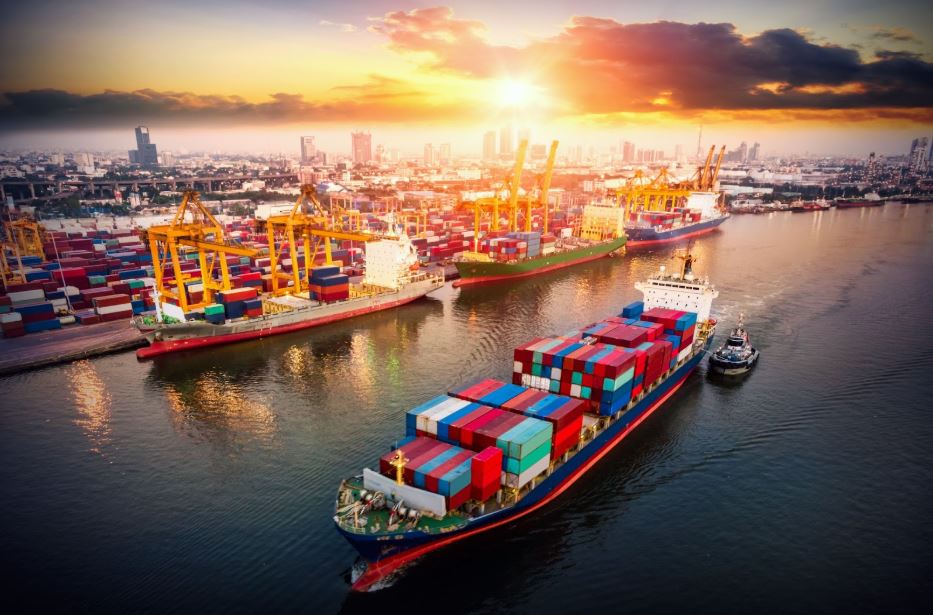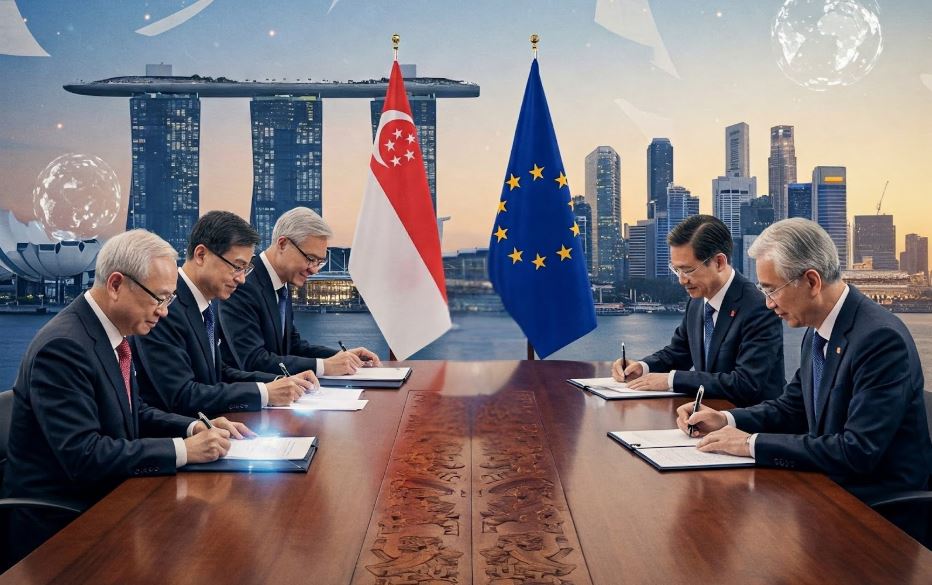How Singapore became a leading maritime power

Singapore’s transformation from a colonial trading post to a global maritime powerhouse is a testament to its continuous strategic vision, adaptability and relentless pursuit of growth. As the city-state marks 60 years of independence, its shipping sector has expanded and outpaced traditional maritime hubs like London, Oslo and Athens. Today, shipping contributes over $5 billion annually to Singapore’s economy, which makes it the world’s leading maritime city.
Six decades ago, Singapore’s maritime industry was shaped by its colonial past. Foreign companies controlled the trade routes, and British-owned Straits Steamship dominated regional shipping. However, the landscape shifted dramatically in 1965 when Singapore gained independence. Recognizing the strategic importance of shipping, the government swiftly established Neptune Orient Lines (NOL) to build a national fleet and place Singapore on the global stage. This pivotal move allowed local entrepreneurs to enter the industry, and they seized the opportunity, accelerating the nation’s maritime development.
In the early years, Singaporean shipping companies started with old general cargo vessels that had lost favor in global trade but remained viable within Asian markets. Operating on tight budgets, these companies initially registered their ships under foreign flags to cut costs but reinvested earnings into acquiring modern fleets. This strategy fueled rapid expansion. NOL evolved into a major international player before its eventual sale, while Pacific International Lines (PIL), under Lars Kastrup’s leadership, became a dominant force in global shipping. Other companies from the 1960s and 1970s, such as Petroships (now BTS Tankers) have adapted and continued operations, while others faded as their successors pursued different ventures.
Local enterprises did not solely drive Singapore’s meteoric rise. The government actively pursued foreign shipowners, establishing the Singapore Registry of Ships in 1965. Unlike traditional flags of convenience, Singapore maintained strict regulatory standards, attracting high-quality vessels. This strategic approach paid off – by January 2024, the Singapore fleet had surpassed 100 million gross tons (gt), reaching 108 million gt by the year’s end, an 8.5% growth in just 12 months.
Beyond ship registration, Singapore positioned itself as the ultimate hub for global shipping companies. Business-friendly policies, a stable legal system and attractive tax incentives drew some of the world’s largest maritime firms. Over the past three decades, the city-state has evolved into a key decision-making center for the industry. Danish shipping giant AP Moller-Maersk was among the first to take advantage, establishing its shipowning division in Singapore in 1978. Today, Maersk operates a fleet of 136 vessels out of Singapore, employing 1,600 people – one of its largest teams outside Copenhagen.
Singapore’s strategic approach continued to attract major global firms. BW Group, Eastern Pacific Shipping, Berge Bulk, Ocean Network Express and Swire Shipping all established headquarters in the city-state, reinforcing its reputation as a dominant maritime hub. By the end of 2023, nearly 200 international shipping groups were in Singapore. The financial impact of this growth is evident – business spending from key maritime firms rose from $4.8 billion in 2023 to $5.2 billion in 2024, underscoring Singapore’s economic strength in the sector.
The city-state’s prime geographic location, strong regulatory framework and commitment to technological innovation have secured its top spot in the maritime industry. A report released in April 2024 by DNV and Menon Economics reaffirmed Singapore’s status as the world’s leading maritime city, surpassing London and Rotterdam. Analysts predict Singapore will maintain this position for at least five more years.
Despite these achievements, some industry veterans worry about shifting interests among younger generations. While previous generations built the maritime industry from the ground up, today’s entrepreneurs are increasingly drawn to the technology sector. Unlike in Hong Kong and Greece, where shipowning dynasties remain strong, many young Singaporeans prefer launching tech ventures over inheriting traditional shipping businesses. However, this shift has not hindered Singapore’s growth. Instead, it increased investment in maritime technology, strengthening the industry’s global standing.



